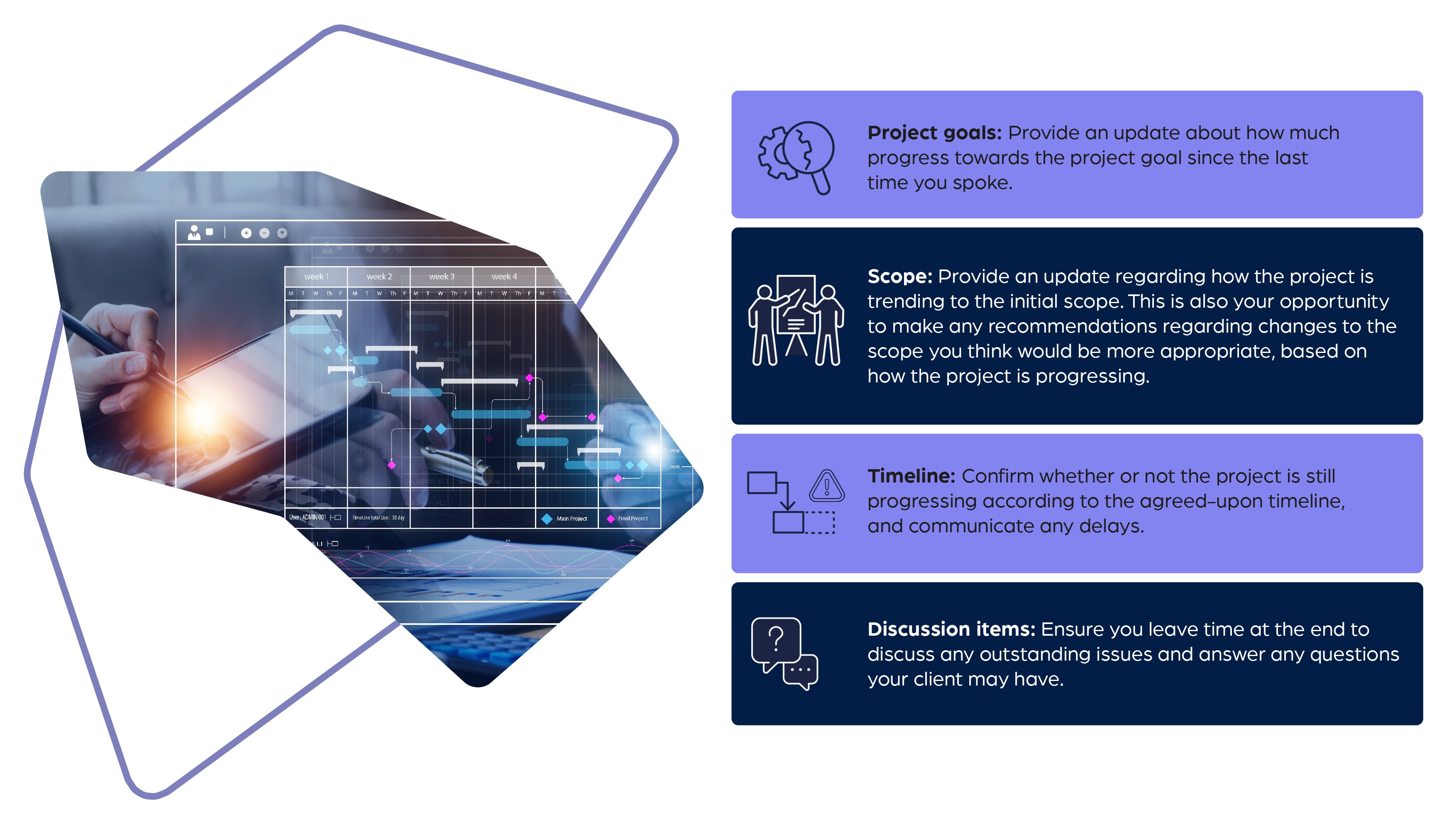
True or false: A happy client should always be your #1 priority, no matter what.
Most agency owners would agree that they would rather have a roster of happy clients than have to deal with an inbox filled with complaints.
However, this willingness to please people-please is often the Achilles heel of most business owners - and one of the biggest roadblocks to seeing truly profitable contracts.
So when a client asks for an extra revision here or a few extra days of work there, it can really start to add up. And unfortunately, most agency owners don’t realize until it’s too late, and the profitability of the project is out the window.
Luckily, this can all be avoided with some communication and operational upgrades.
Success starts with the scope
Starting with the initial sales call, every conversation you have with your clients has a direct impact on the likelihood of success of your project.
In order to clearly define what success looks like for your client, you first need to outline the project scope. Project scope refers to the defined boundaries and requirements of a project, including the specific tasks, deliverables, and timelines necessary for successful completion. A well-defined project scope is crucial to ensure that all parties involved in a project understand what is expected of them, and can work together to meet the project's goals.
A thorough project scope should include:
-
Project objectives: The overall goal and desired outcome of the project.
-
Project requirements: The specific requirements and deliverables that need to be met to achieve the project objectives.
-
Project deliverables: The specific products, services, or results that will be delivered to the client or stakeholder.
-
Project timeline: The timeline for completing each deliverable and the overall project.
-
Milestones: Key points in the project timeline that mark the completion of major deliverables or phases.
-
Budget: The budget allocated for the project, including any potential cost overruns or contingencies.
-
Roles and responsibilities: The specific roles and responsibilities of all team members involved in the project.
-
Risks and assumptions: Potential risks and assumptions that could impact the project's success.
-
Quality standards: The specific quality standards that need to be met for each deliverable.
-
Change management: The process for managing changes to the project scope, including any change requests and approvals.
When a project scope is not clearly defined, the costs can quickly add up.
Clients may ask for additions or strategy changes, for example, and it can be difficult to know how to charge them accordingly. Without a clearly defined scope, it can be challenging to draw a line between what is included in the project and what is not.
This often results in the agency providing extra work without compensation, leading to a loss of total profit. When the scope is not well-defined, it can be challenging to manage the project effectively, which can lead to inefficiencies and delays. Not only that, but there is a greater risk of mistakes and errors occurring, which can lead to rework and additional costs.
By taking the time to define the project scope thoroughly, an agency can avoid these potential costs and ensure that everyone involved in the project is on the same page.
The framework:
To help you set your clients up for success and eliminate miscommunication from day one, we have a simple framework to simplify setting the scope:
Project launch + Scope cementing
- Ensure there is a seamless sales-to-operations handoff. Encourage the delivery team to watch the recording of the sales calls so they are clear about what expectations were set. This also prevents the client from having to repeat themselves throughout the onboarding process.
- Conduct an internal launch meeting. Schedule 20-30 minutes with everyone involved in the delivery of the final product to delegate responsibilities and map out the execution timeline.
- Conduct a client launch meeting to review the price, delivery timeline, and any other points discussed in the discovery process.
- Solidify the scope and plan so your clients aren’t given the opportunity to forget about the positive impact you’re making on their business → leads to attrition)

Establish the onboarding meeting agenda:
No one likes to feel left in the dark, especially your clients. It can be unnerving to make a considerable investment and not receive an update for weeks at a time.
Short, regular check-ins with your client to update them on the status of the project can go a long way in regard to their perception of your service. To facilitate an effective meeting, ensure you cover these key topics:
-
Project goals: Provide an update about how much progress towards the project goal since the last time you spoke.
-
Scope: Provide an update regarding how the project is trending to the initial scope. This is also your opportunity to make any recommendations regarding changes to the scope you think would be more appropriate, based on how the project is progressing.
-
Timeline: Confirm whether or not the project is still progressing according to the agreed-upon timeline, and communicate any delays.
-
Discussion items: Ensure you leave time at the end to discuss any outstanding issues and answer any questions your client may have.
While keeping clients happy is important, it should not come at the expense of profitability.
A well-defined project scope is crucial to ensure that all parties involved in a project understand what is expected of them and can work together to meet the project's goals. By taking the time to clearly communicate the project scope and using the framework outlined above, agencies can avoid unnecessary costs, manage the project effectively, and ensure that everyone involved is on the same page.
With these strategies in place, you can deliver successful projects that meet client expectations while maximizing profitability.
